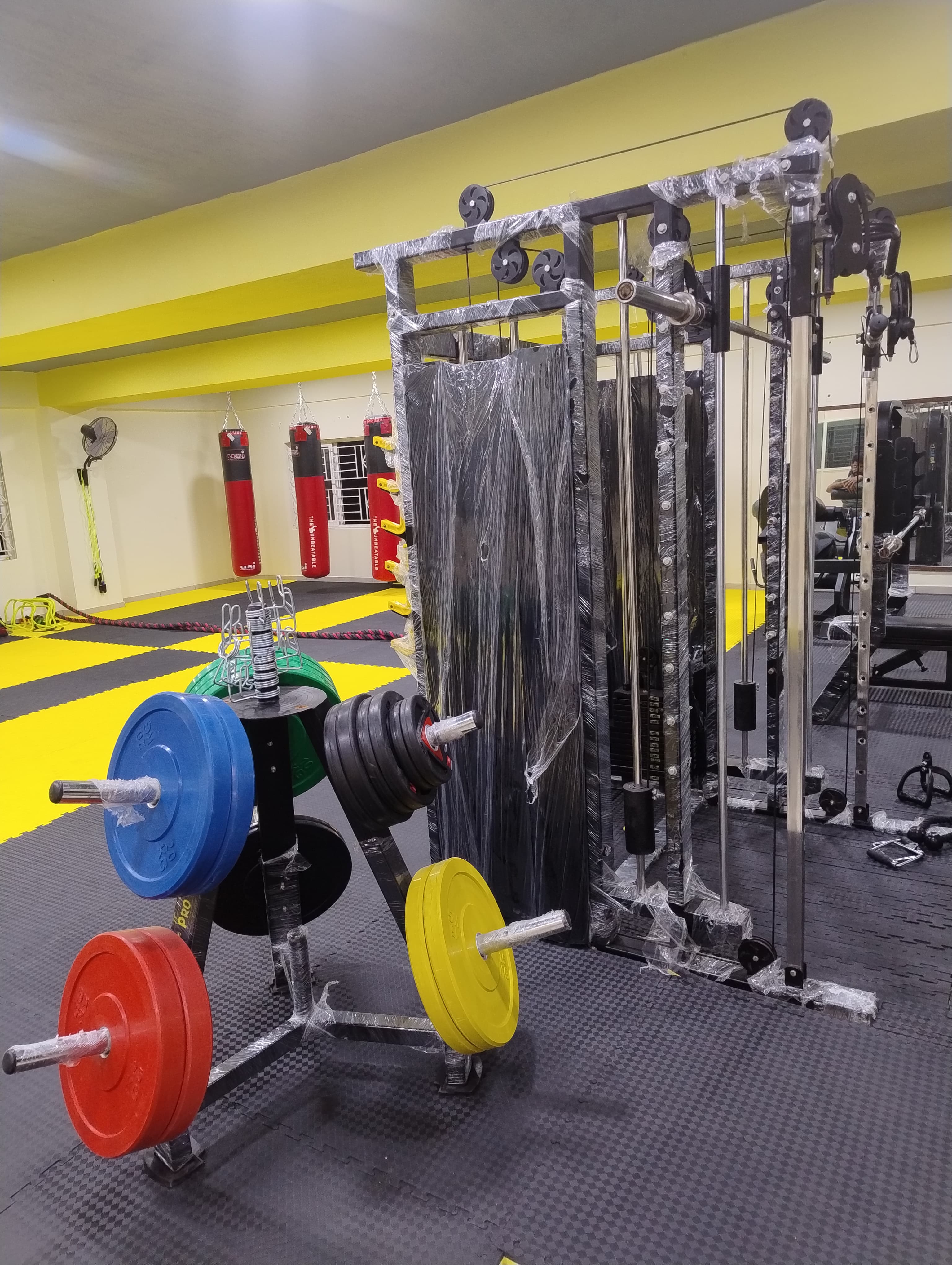
Gym Tour
A gym tour is an introductory walk-through of a fitness facility, designed to showcase its amenities, equipment, and services. It typically includes stops at key areas such as the cardio zone, weightlifting section, group fitness studios, and functional training spaces. Additional features like locker rooms, saunas, or recovery areas may also be highlighted. During the tour, staff often explain membership benefits, safety protocols, and available classes or personal training options. A gym tour provides prospective members with a clear understanding of the environment, helping them feel comfortable and confident in choosing the right facility for their fitness journey..
Boxing
Boxing is a dynamic combat sport where two competitors, wearing protective gloves, engage in timed bouts within a square ring, aiming to outscore or knock out their opponent. With origins tracing back to ancient Egypt and Greece, modern boxing evolved in the 18th century under the Marquess of Queensberry rules, introducing weight classes, timed rounds, and regulated techniques. The sport emphasizes skillful footwork, strategic punching combinations like jabs, hooks, and uppercuts, and defensive maneuvers such as blocking and slipping. Beyond competition, boxing is celebrated for its physical and mental benefits, offering an intense workout that builds strength, endurance, and discipline.
Muaythai
Muay Thai, often called the "Art of Eight Limbs," is a traditional martial art and combat sport from Thailand that utilizes punches, kicks, elbows, and knee strikes, making it one of the most versatile and dynamic fighting styles. With a history spanning centuries, it was originally developed for self-defense and military training. Modern Muay Thai is performed in a ring under strict rules, emphasizing powerful strikes, clinch techniques, and strategic footwork. Beyond its competitive aspect, Muay Thai is renowned for its rigorous training, promoting physical fitness, mental resilience, and cultural heritage, attracting practitioners worldwide for both sport and self-improvement.
Strength & Conditioning
Strength and conditioning is a specialized approach to physical training aimed at improving athletic performance, enhancing strength, endurance, flexibility, and overall fitness. It combines resistance exercises like weightlifting, bodyweight movements, and plyometrics with cardiovascular and functional training to build power, speed, and agility. Strength and conditioning programs are tailored to meet specific goals, whether for sports performance, injury prevention, or general health. By focusing on proper technique and progressive overload, these programs not only boost physical capabilities but also improve balance, coordination, and mental discipline, making them essential for athletes and fitness enthusiasts alike.

Muscle Gain
Achieving muscle gain requires dedication, proper nutrition, and a consistent workout routine. By focusing on strength training and progressively increasing weights, you stimulate muscle growth. Adequate protein intake is crucial for muscle repair and recovery. Coupled with enough rest and recovery, your muscles can grow stronger and larger over time. Stay consistent, push your limits, and fuel your body to maximize results.
Cardio
Cardio, short for cardiovascular exercise, is any physical activity that raises your heart rate and improves the efficiency of your heart, lungs, and circulatory system. Activities such as running, cycling, swimming, and brisk walking are popular forms of cardio, as they burn calories, enhance stamina, and support weight management. Regular cardiovascular exercise has numerous health benefits, including improved heart health, increased lung capacity, reduced stress, and a lower risk of chronic diseases like hypertension and diabetes. Whether done for fitness, endurance, or overall well-being, cardio is a versatile and essential component of a healthy lifestyle.
Weight(Fat) Loss
Weight loss is the process of reducing body weight, typically achieved by balancing calorie intake with energy expenditure. It involves a combination of healthy eating, regular physical activity, and sustainable lifestyle changes. Effective weight loss focuses on creating a calorie deficit by consuming nutrient-rich, low-calorie foods and engaging in exercises like cardio, strength training, or high-intensity interval training (HIIT) to boost metabolism and burn fat. Beyond aesthetics, weight loss can improve overall health, reducing the risk of chronic conditions like heart disease, diabetes, and joint issues. The key to successful weight loss is consistency, patience, and a balanced approach that prioritizes long-term well-being over quick fixes.